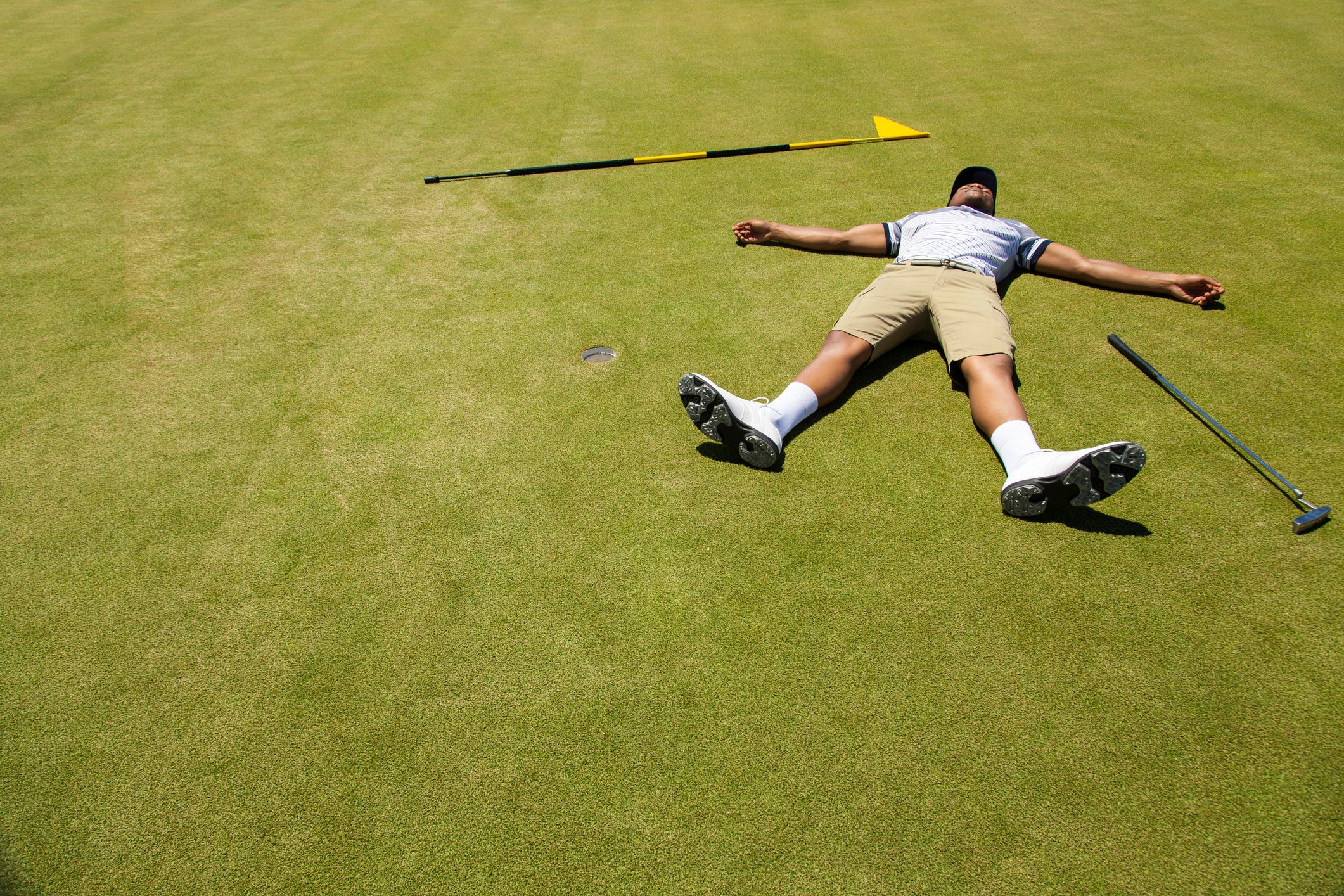 How ‘zero-torque’ putters changed the golf landscape in 2025
How ‘zero-torque’ putters changed the golf landscape in 2025
Have the putting yips? Consider these 4 putter weight changes

In case you aren’t familiar with what the yips are (who are you and how could you not know?), the putting yips — in laymen’s terms — is the inability to make a smooth, rhythmic putting stroke. Most teaching pros and sports psychologists agree that the yips originate in the mind, and whether it’s due to a psychological or neurological issue, when you have the yips the body and brain just don’t cooperate.
The effect is a herky-jerky, sometimes quick/sometimes slow, off-rhythm putting stroke that wreaks havoc on your ability to roll putts consistently.
And yes, I had this problem.
It got ugly. After trying a variety of putters, putter lengths, putter grips and even putting stances and variations to how I held the putter, I realized that the best way to essentially reduce or — dare we say cure — my putting yips was achieved by swinging a heavier putter. Now I’m not going to offer a dissertation on why a heavier flatstick worked for me in this article, but apparently the heavier weight cleared some neuro pathways to allow my mind and body to align on a common cause, and effectively, help me putt better.
The point here isn’t about my yips, but rather to let you know that if you struggle with a yippy putting stroke or with consistency (especially on shorter putts), a heavier putter can help iron out wrinkles in your stroke. The key is in how you do it.
Add weight at the putter head
The easiest and fastest way to make a putter feel heavier is to add weight to the putter head. If you have a model that has adjustable weights than it’s easy, if not, you may need to use lead tape. And while there’s no rule of thumb for what’s a good amount of lead tape to add, just know that for every 2 grams of lead tape added to the putter, you add one swingweight point. A heavier putter head makes the putter feel heavier and more like a pendulum, helping you make a smoother stroke.

Adding weight at the grip end
Most people don’t consider adding weight to the grip end of the putter, but doing so can help balance things out for a more unified feel. This process is called “counter-balancing,” meaning you add weight at the grip end to offset the weight of the putter head. It effectively improves the whole putter’s MOI for more consistency, especially on off-center putts. It’s also a good way to quiet down the hands.
ADVERTISEMENT

Add weight to the grip end and putter head
Adding weight to both ends of the putter will make it heavier (obviously), and a heavier putter will have a high MOI. This will help to engage the bigger muscles in the putting stroke.
Bonus: Add weight to the shaft
One way to add weight to a putter and effectively “deaden” the feel and to neutralize a putter head that feels too heavy, is to add sand to the putter shaft. This one isn’t quite as easy as lead tape, but doable if you have a small funnel, some sand and a means to ensure the sand stays packed in and won’t come loose (per the Rules of Golf, of course).
Hopefully adding weight to your putter will help you with your putting woes like it did mine.
To receive GOLF’s all-new newsletters, subscribe for free here.
ADVERTISEMENT




